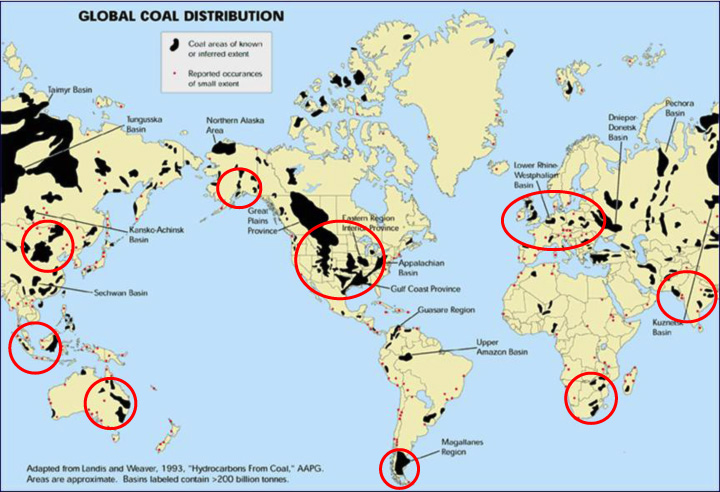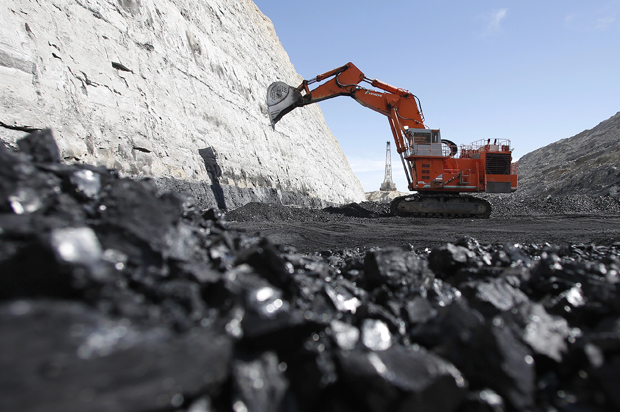COAL AND MINE
Coal is one of the world’s most important sources of energy, fueling almost 40% of electricity worldwide. In many countries this figure is much higher: Poland relies on coal for over 94% of its electricity; South Africa for 92%; China for 77%; and Australia for 76%.

Coal has been the world’s fastest growing energy source in recent years – faster than gas, oil, nuclear, hydro and renewables. Coal has played this important role for centuries – not only providing electricity, but also an essential fuel for steel and cement production, and other industrial activities.

The Coal Resource provides a comprehensive overview of coal and the role it plays in our lives. It covers how coal is formed, how it is mined, through to its use and the impact it has on our societies and natural environment. It describes coal’s important role as an energy source and how coal – along with other sources of energy – will be vital in meeting the world’s rapidly growing energy needs.
The build-up of silt and other sediments, together with movements in the earth’s crust (known as tectonic movements) buried these swamps and peat bogs, often to great depths. With burial, the plant material was subjected to high temperatures and pressures. This caused physical and chemical changes in the vegetation, transforming it into peat and then into coal.
Coal formation began during the Carboniferous Period – known as the first coal age – which spanned 360 million to 290 million years ago. The quality of each coal deposit is determined by temperature and pressure and by the length of time in formation, which is referred to as its ‘organic maturity’. Initially the peat is converted into lignite or ‘brown coal’ – these are coal types with low organic maturity. In comparison to other coals, lignite is quite soft and its color can range from dark black to various shades of brown.
Over many more millions of years, the continuing effects of temperature and pressure produces further change in the lignite, progressively increasing its organic maturity and transforming it into the range known as ‘sub-bituminous’ coals. Further chemical and physical changes occur until these coals became harder and blacker, forming the ‘bituminous’ or ‘hard coals’. Under the right conditions, the progressive increase in the organic maturity can continue, finally forming anthracite.
Types of Coal
The degree of change undergone by a coal as it matures from peat to anthracite – known as coalification – has an important bearing on its physical and chemical properties and is referred to as the ‘rank’ of the coal. Low rank coals, such as lignite and subbituminous coals are typically softer, friable materials with a dull, earthy appearance. They are characterized by high moisture levels and low carbon content, and therefore a low energy content.
Higher rank coals are generally harder and stronger and often have a black, vitreous luster. They contain more carbon, have lower moisture content, and produce more energy. Anthracite is at the top of the rank scale and has a correspondingly higher carbon and energy content and a lower level of moisture

